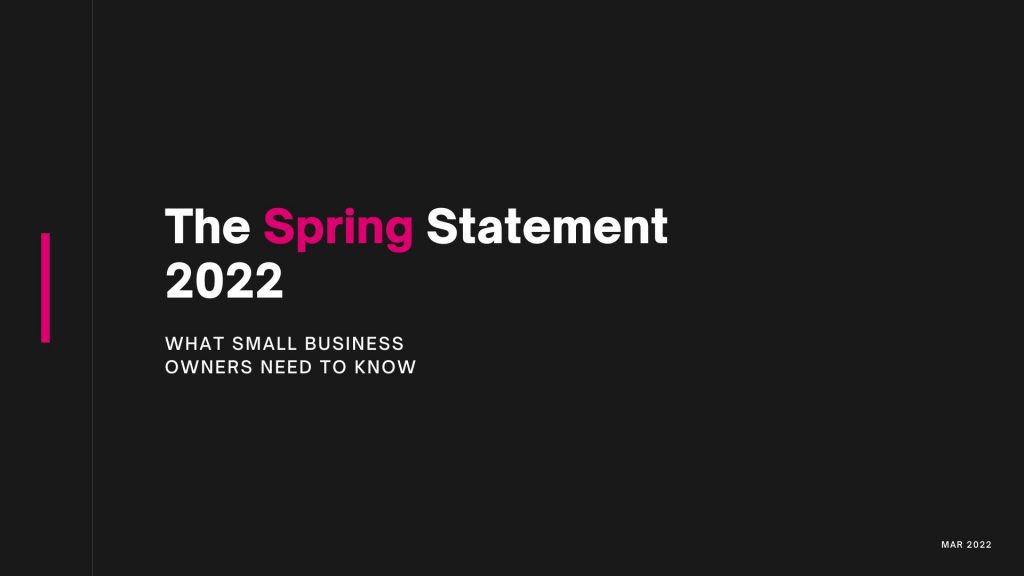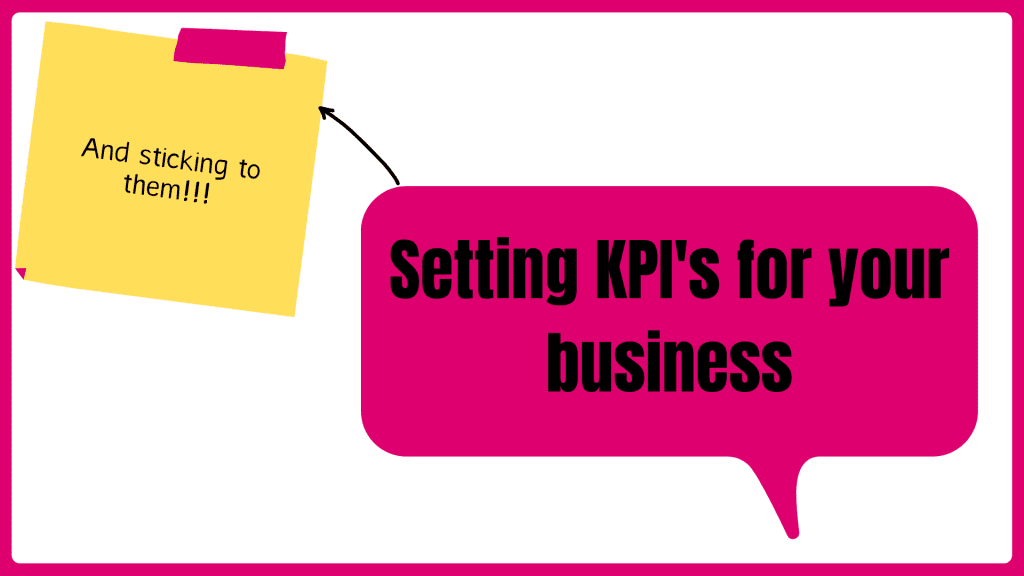
Automation was already on the rise pre-pandemic, but now it has become a business priority. The positive benefits of automation…

Automation was already on the rise pre-pandemic, but now it has become a business priority. The positive benefits of automation…

As a cloud-based accountancy practice, we very rarely ask you to bring in physical copies of your documents to our…

Dext, formally known as Receipt Bank, is a software that we recommend so much that we include it in all…

Depending on which service you are on, you will find that you receive requests from members of our team asking…

The Chancellor recently unveiled his Spring Statement. With a background of increasing wage, fuel and raw material costs and rising…

No matter how big or successful your company is, maintaining business throughout a recession is hard. With fluctuating demands, losses…

When you as a business owner think of an accountant, you think of taxes, financial reporting, or loan applications. While…

With costs going up across the board it is unsurprising that the national living wage is also being increased. However,…

KPIs (Key Performance Indicators) are metrics that tell you if what you’re doing is working or not. As you can…

I heard this saying recently, “you get the clients you deserve.” At first, I wasn’t sure what it meant so…